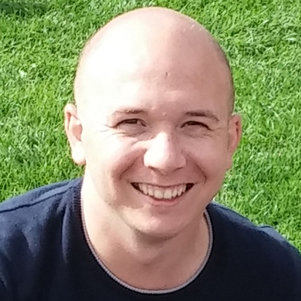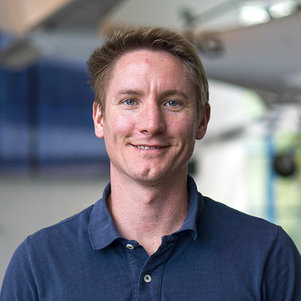Experimental and Computational Techniques
Computational Aeroacoustics
High-fidelity numerical simulations are very useful in scrutinizing the physics of flows at fundamental level: numerical experiments are nowadays used in combination with physical experiments and in many cases allow to extract information that are not experimentally observable without perturbing the status of the system. More specifically, as a branch of high-accuracy, resolved-turbulent Computational Fluid Dynamics (CFD), Computational AeroAcoustics (CAA) allows to overcome several of the limitations of experimental aeroacoustics: the impact of environmental and operational uncertainties on the measured noise levels (repeatability), and the characterization of the aircraft noise in conditions that are different from the certification conditions (design robustness). In other words, numerical simulations could constitute a more deterministic testing environment, and could allow to determine the deviation from the noise certification levels when an aircraft or a wind turbine is operated in a real conditions.
Velocity contours behind a beveled trailing edge solved with the Lattice-Boltzmann method.
Advanced measurement techniques
The continuous “need of fidelity” in capturing complex flow phenomena, like for instance boundary layer transition or flow grazing a porous material, pushes the limits of the experimental techniques towards measurements of increasing space and time resolution. Large usage of state-of-the-art Particle Image Velocimetry (PIV) techniques is made in the aeroacoustic group. Used in combination with beam-forming microphone array measurements, and with numerical techniques based on the solution of the flow governing equations to derive flow quantities from the measured ones, these advanced measurement techniques allow to scrutinize the physics of aerodynamic sound generation in complex systems. Typical examples are the flow past a serrated trailing-edge of a wind-turbine blade or the sharp leading edge of a fan stator in a turbulent stream.
PIV measurements
Beamforming microphone array used to directly measure airfoil trailing-edge noise at our vertical wind tunnel facility (V-Tunnel)
For more information

Dr. D. (Daniele) Ragni

Dr. F. (Francesco) Avallone
